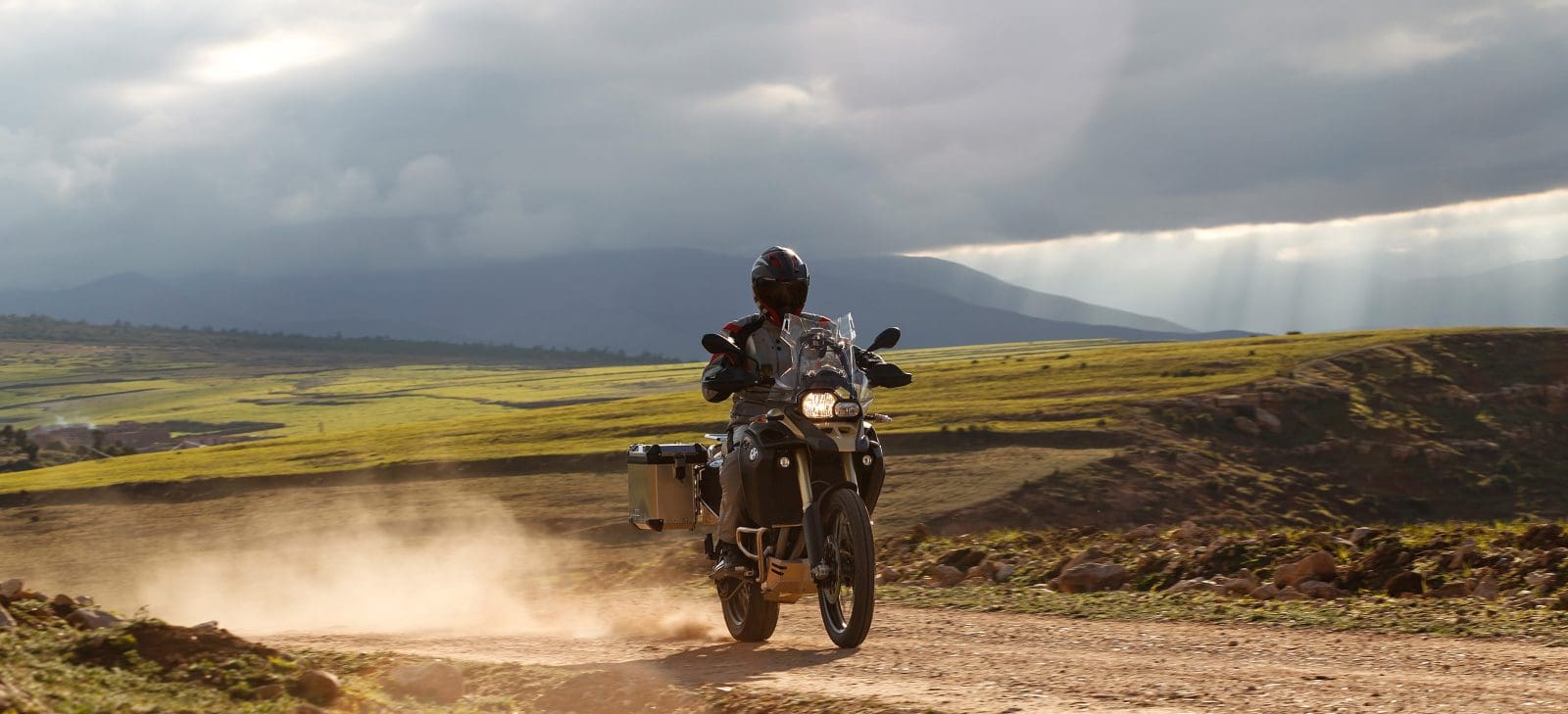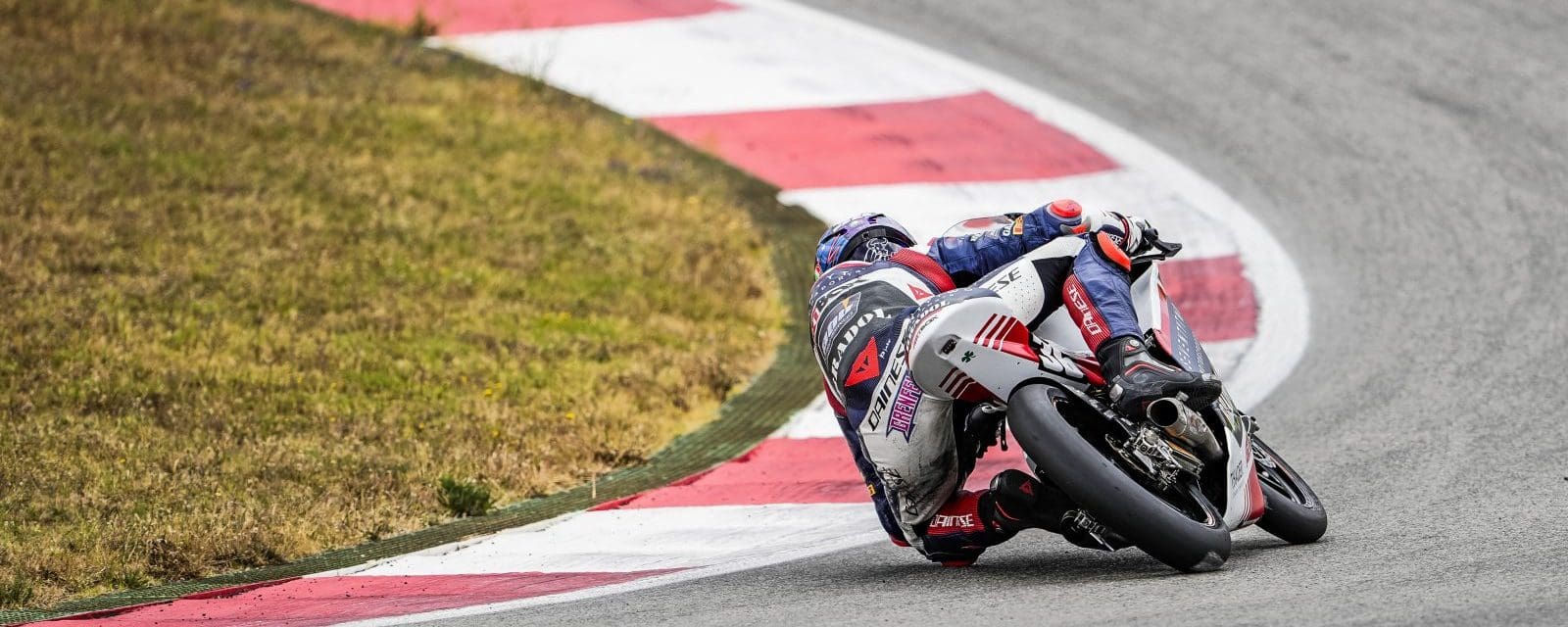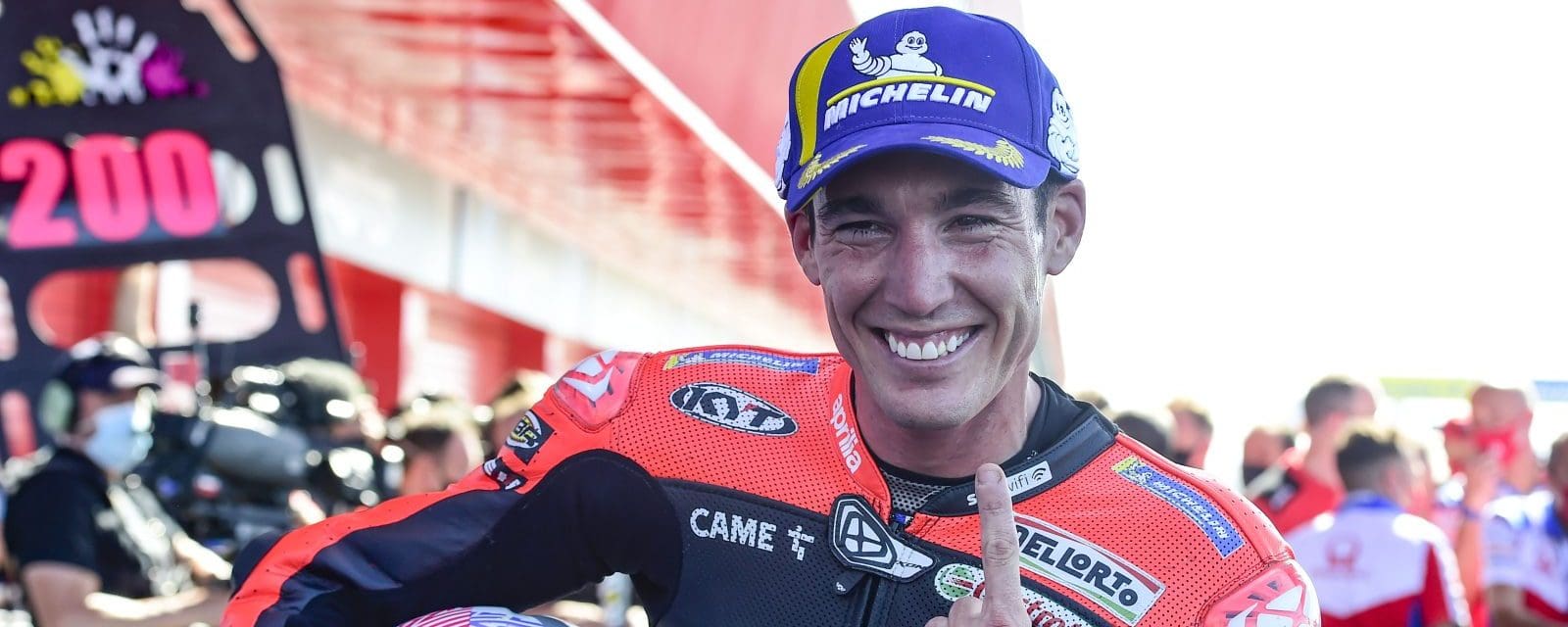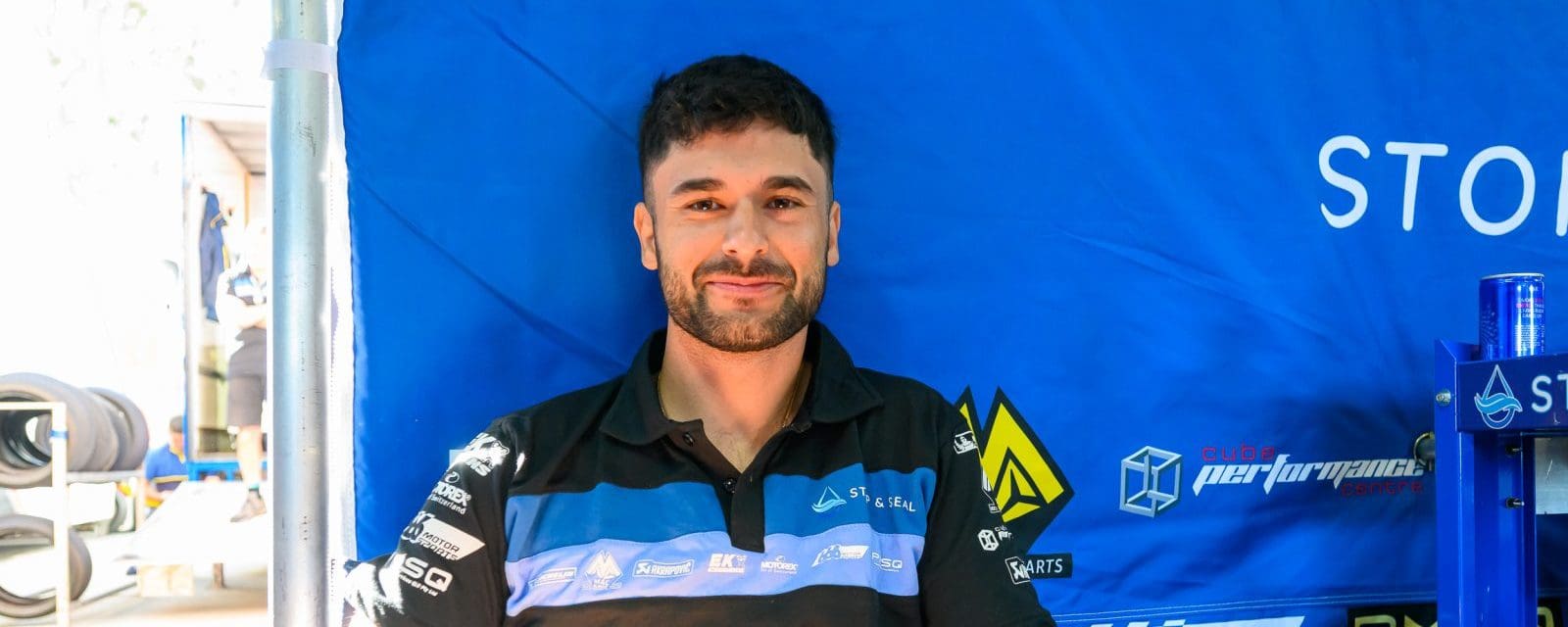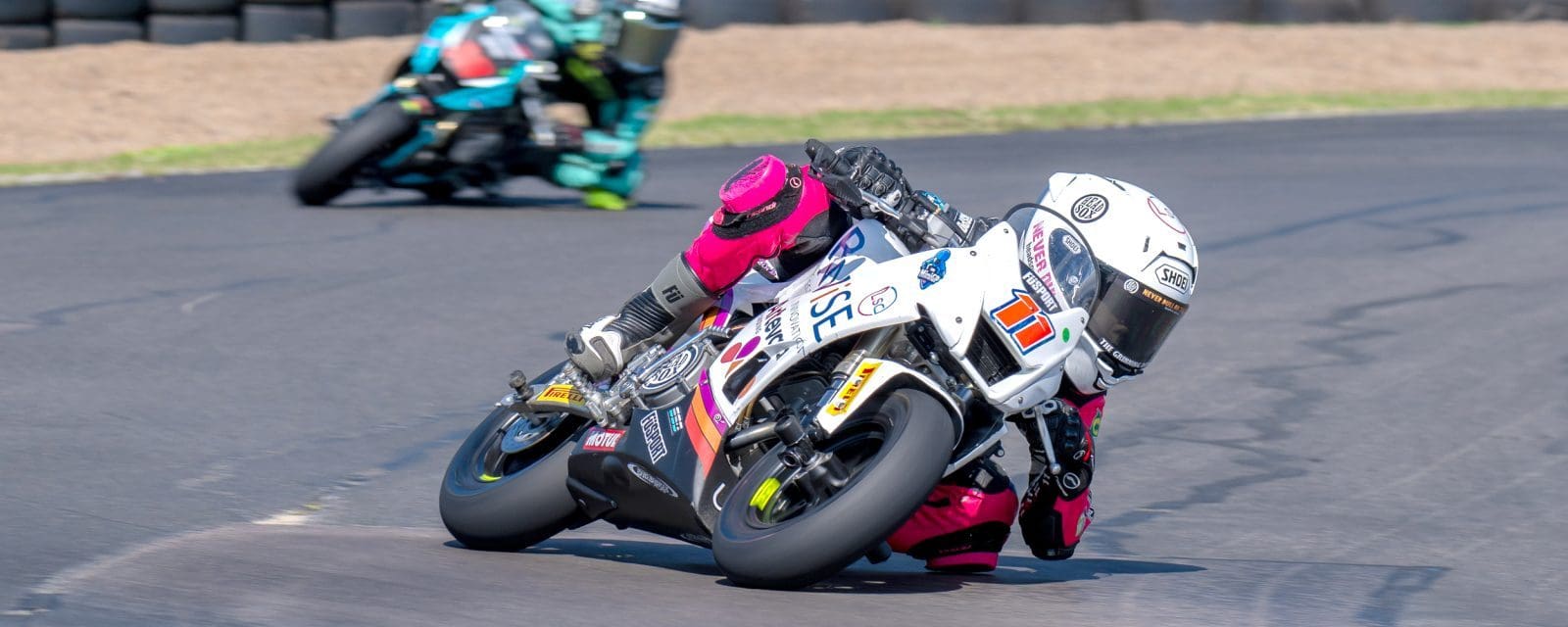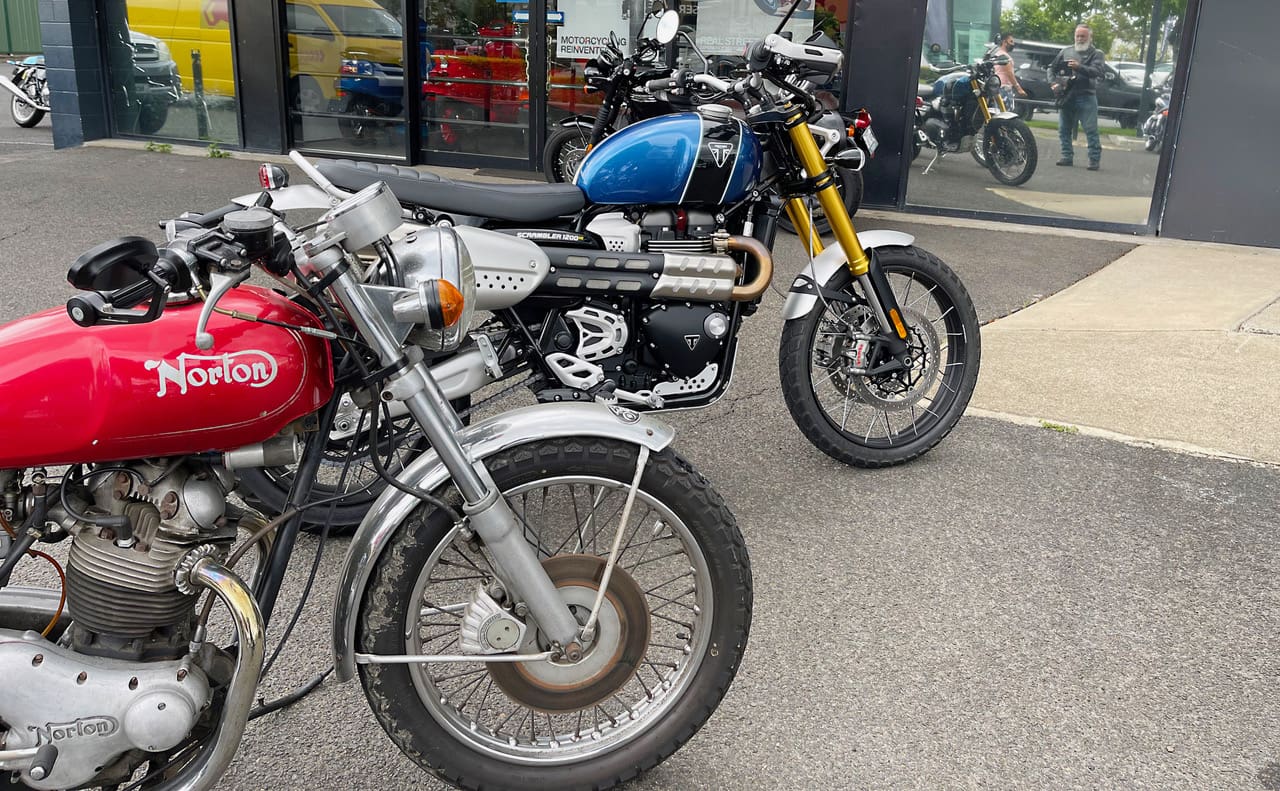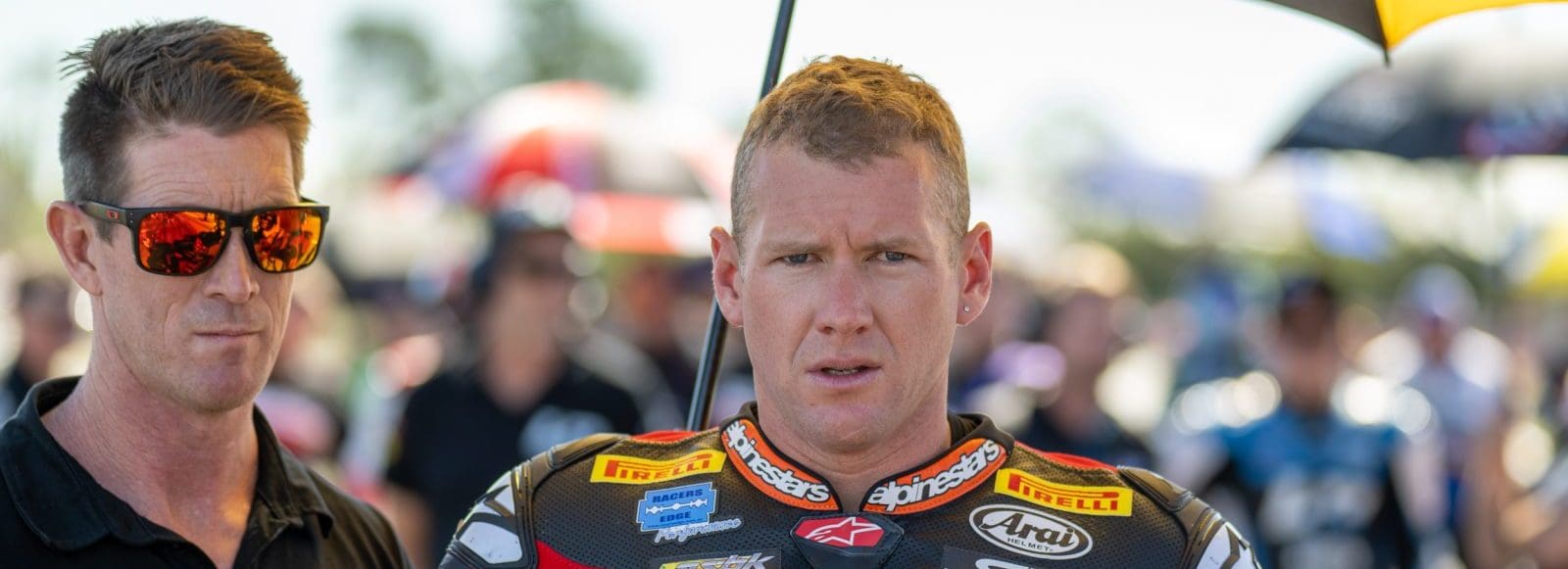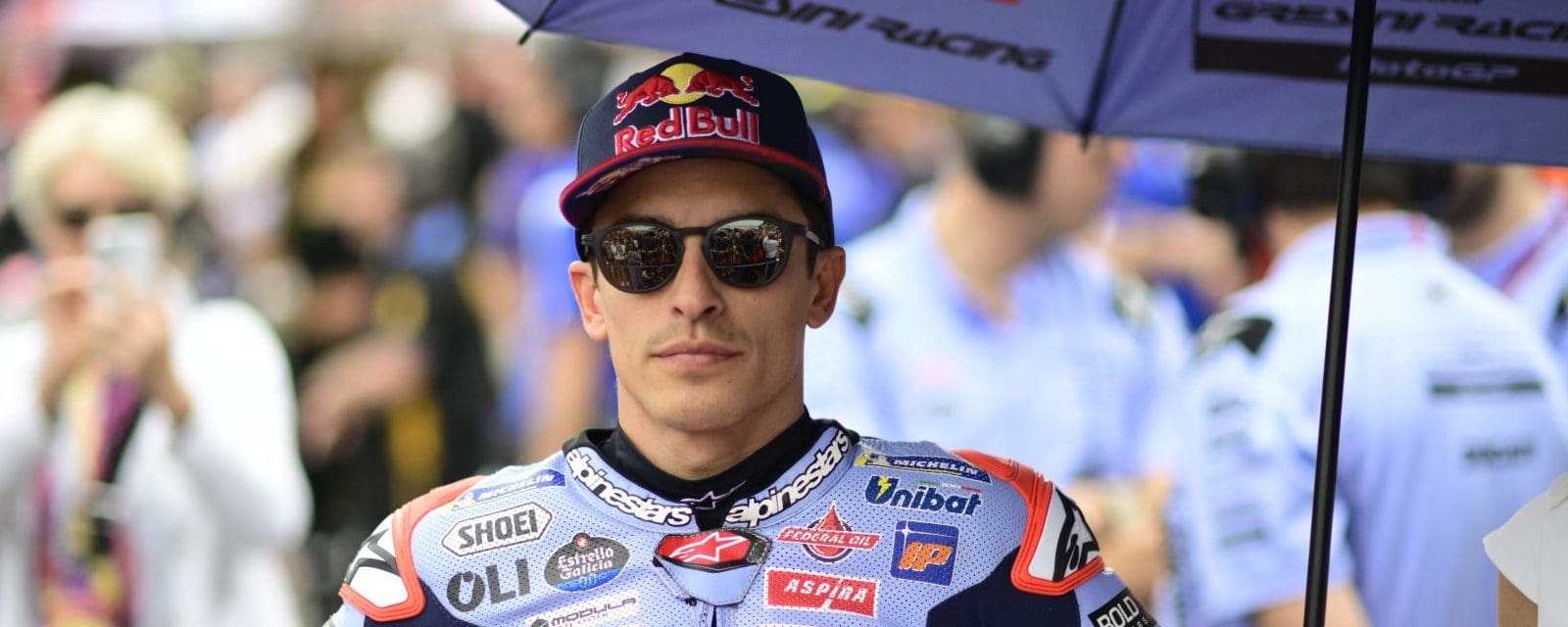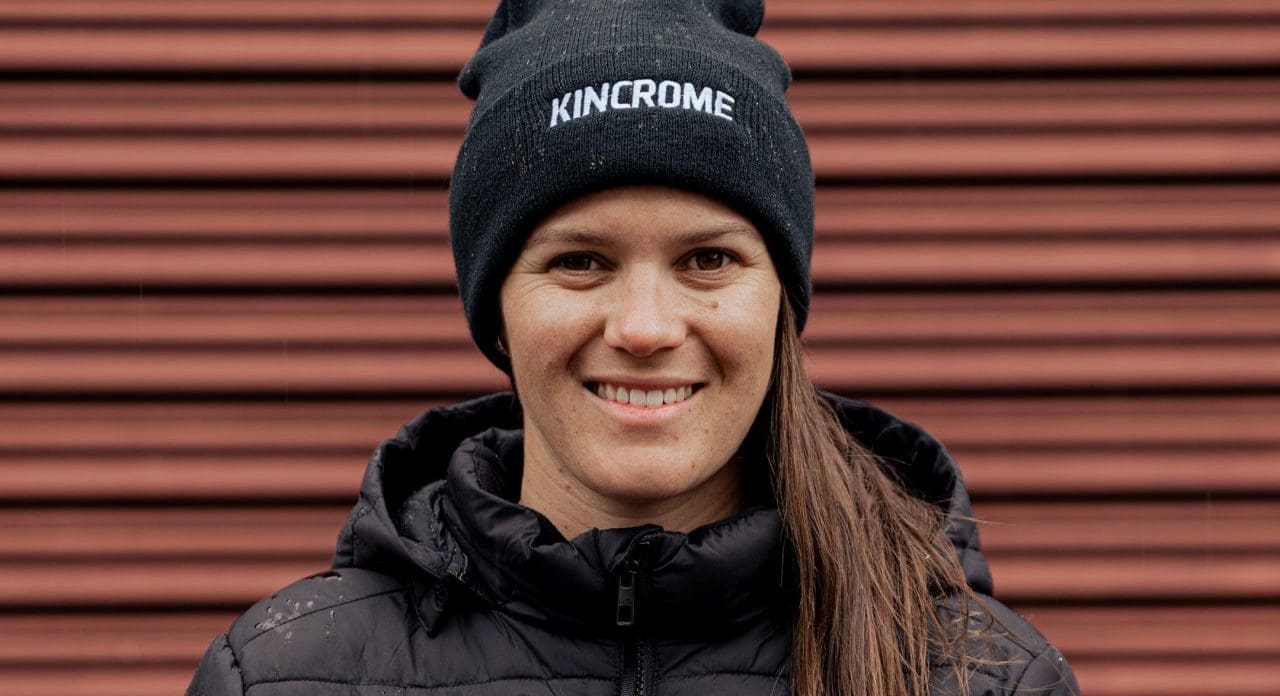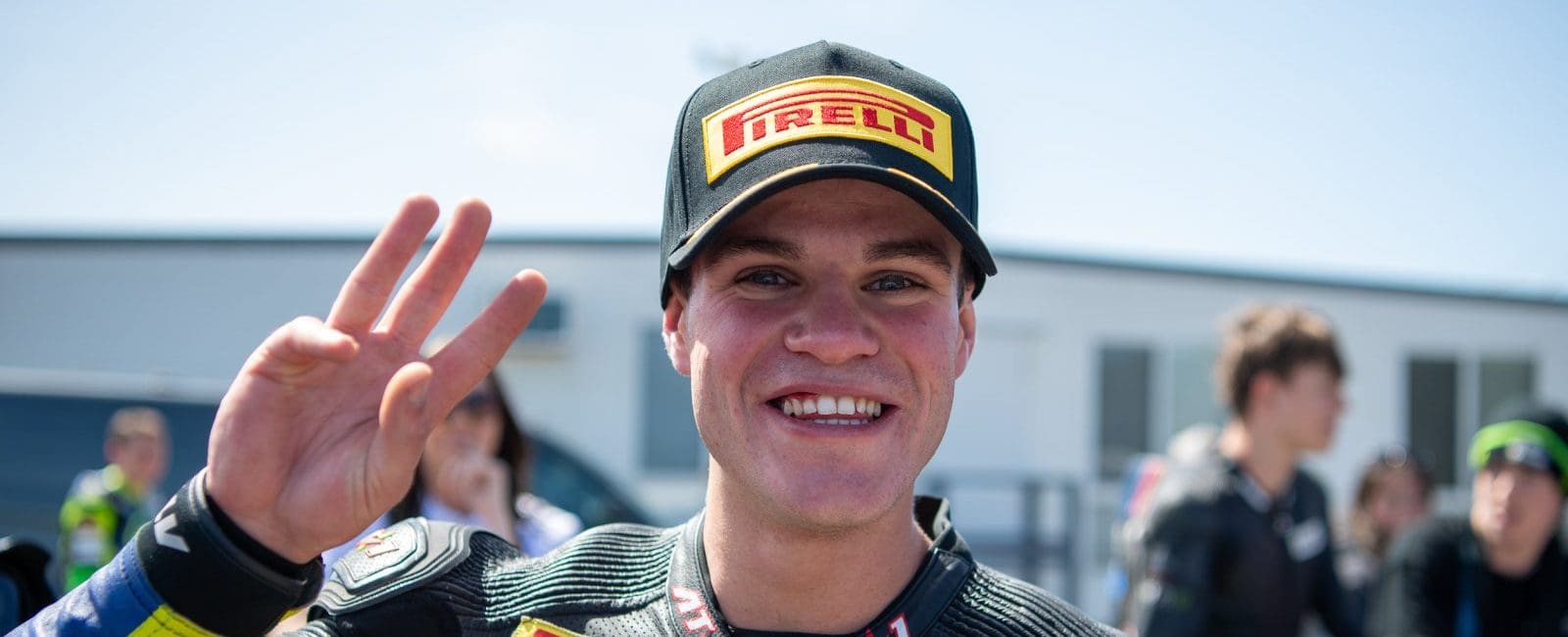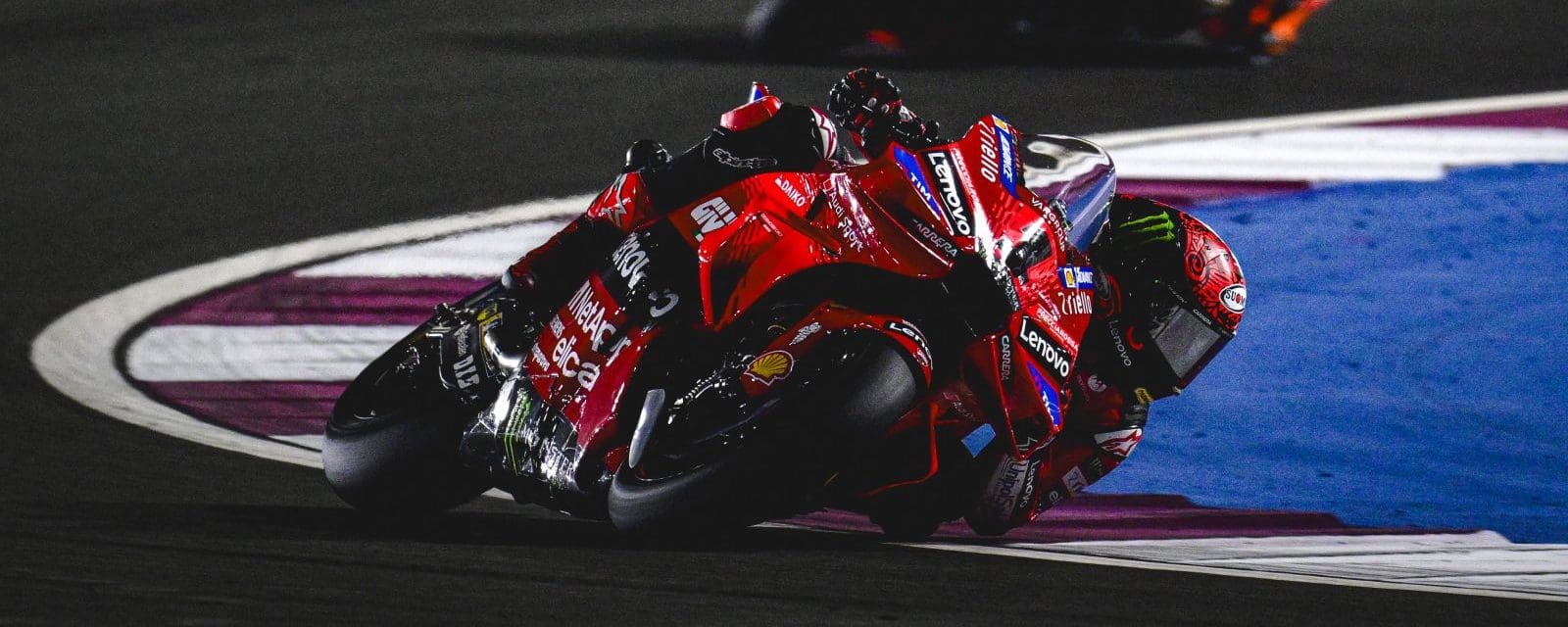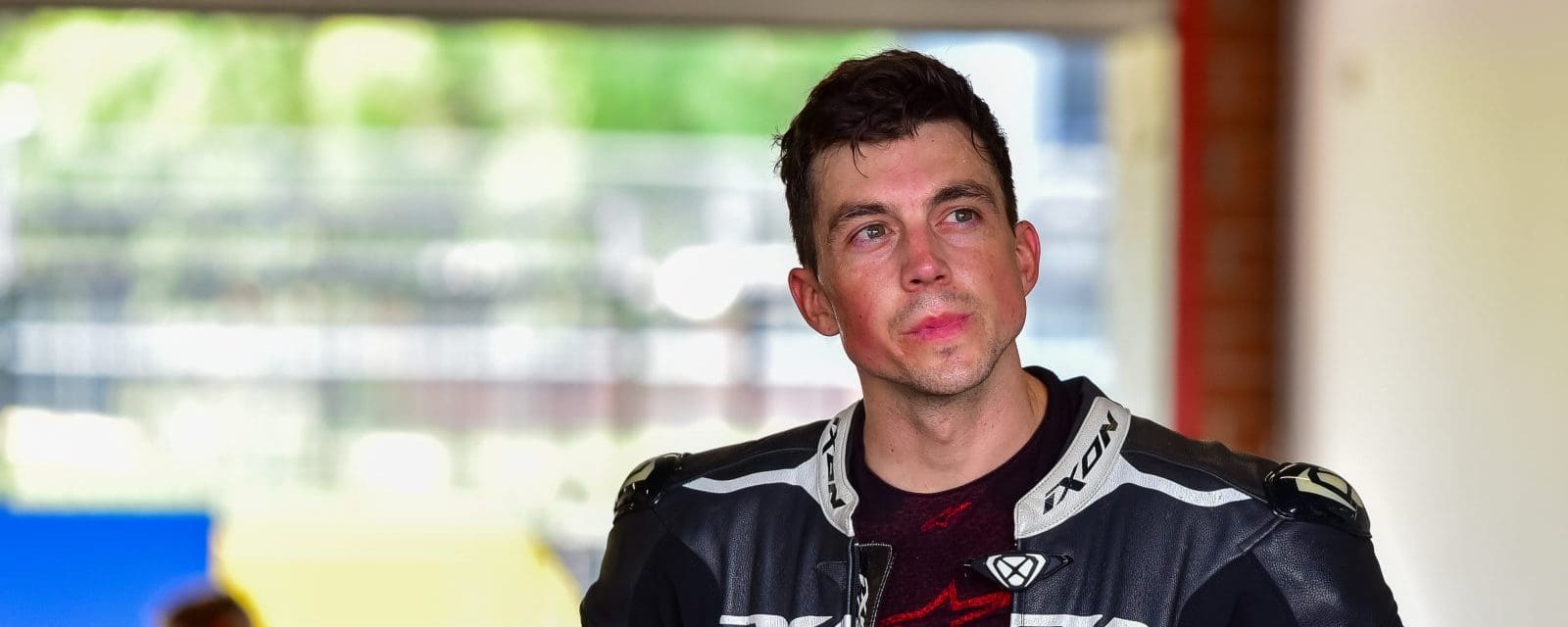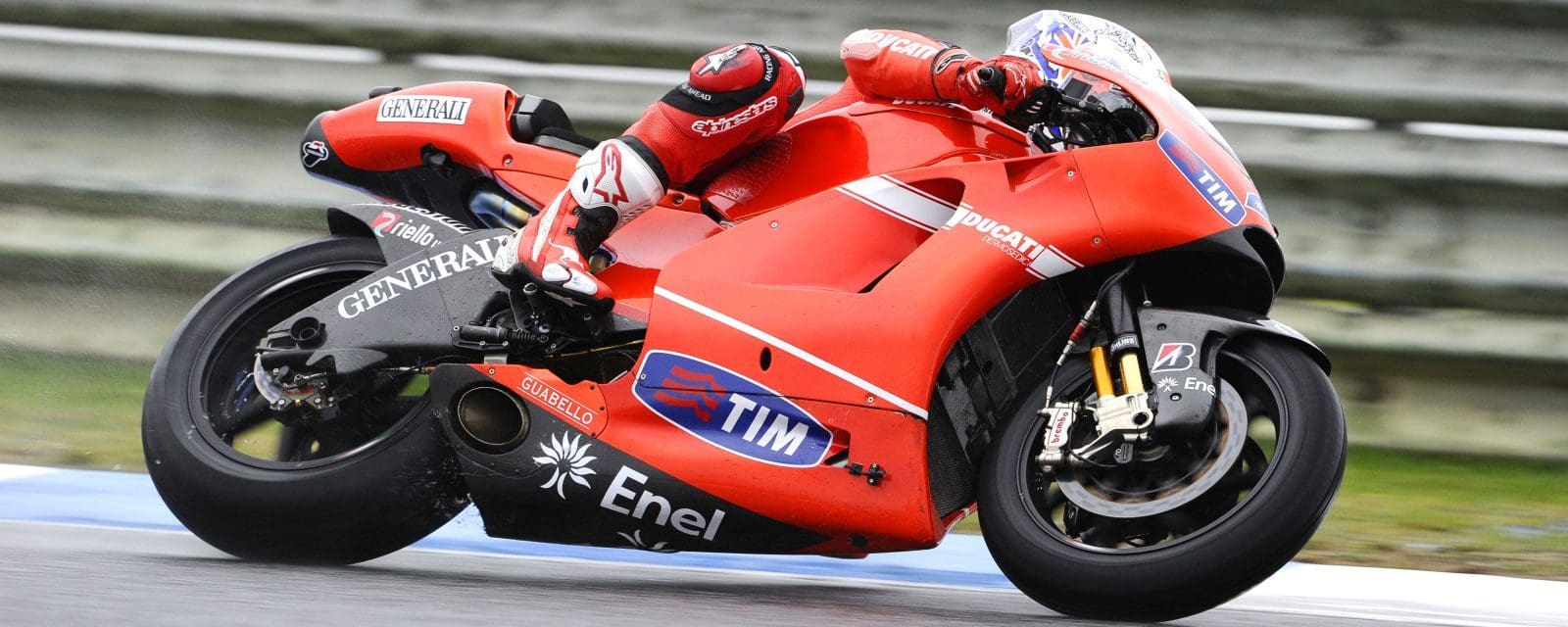An Outback thunderstorm slowly rolled towards me as I sat on the ancient timbers of a cattle yard at Coward Springs railway siding. The Oodnadatta track was about a kilometre away. If just 1mm of rain fell it would turn the packed dirt surface into a dangerously slippery ice rink.
It was time to go or stay. I opened another stubbie of Coopers Stout and stayed, watching the yellow landscape 5km away change to purple and grey as black clouds moved over, split by bolts of lightning.
Out of the distant thunder I could hear the unmistakable drone of a twin-cylinder motorcycle. A lone BMW rider buzzed across my line of vision at a steady 100km/h, heading south to Marree and the nearest strip of bitumen.
At this rate it would take an hour, I calculated, and arrival would coincide with dusk.
When I think of that special Outback moment even years later, the distinct sound of that BMW F 800 GS is stuck in my memory.
For many of us former Seventies longhairs, the soundtrack of our youth was a 360-degree parallel-twin engine running on ‘shorty’ megaphones. Those parallel twins powered Triumph and BSA 650s, Norton 750 and 850s, and a variety of other British makes such as Royal Enfield and AJS. Now, as the Supersport 600 sales segment is stagnating, the parallel twin is making a mighty return.
It’s not just the niche marques like Norton with its Superlight, but bigger brands such as Aprilia and KTM that are joining the fray for 2019. And then you have Yamaha, which not only has the 689cc MT-07, but also the 321cc YZF-R3 so caters for two distinctly different buyers.
The parallel twin first appeared as a major production model with Edward Turner’s Speed Twin of the late 1930s. He cleverly created a multi-cylinder engine that was no wider or heavier than the existing singles that dominated motorcycle sales at that time.
The twin-cylinder layout was smoother and faster and threatened to change motorcycling the same way Honda’s lightweight Fireblade did in the early 1990s. World War II put the kybosh on motorcycle development but by the 1950s all major British manufacturers offered twin-cylinder models. These long-stroke, two-valves-per-cylinder engines, with vibrating 360-degree crankshafts, powered British motorcycle sales worldwide right up to the mid-1970s.
Even the Japanese got in on the act, but with mixed results. Yamaha had early reliability issues with its overhead-cam XS650 and its later eight-valve TX. But it certainly redeemed itself in the 1990s with its TRX850 parallel twin. Originally designed for the Dakar race, it found its way into the TDM range.
Kawasaki’s late 1960s W650 missed the point entirely. Rather than matching the current British unit-construction design, it harked back to the unlamented era of pre-unit engines.
But Kawasaki was one of the first major manufacturers to launch the new era of parallel twins in the early 2000s. Its Ninja-Versys series of high-revving, liquid-cooled twins were strong enough to be adapted to American flat-track racing.
This became a classic confrontation of new-age 650cc parallel twin versus old-school 750cc Harley-Davidson V-twin.
Kawasaki’s liquid-cooled, all-plain-bearing engine could rev higher than Harley’s air-cooled V-twin with its ball-and-roller-bearing big end. Its short-stroke, eight-valve, double-overhead-cam configuration gave more reliability and required less maintenance than Harley’s long-stroke, two-valve, pushrod engine.
Now we have over a dozen parallel-twin engine designs offered in the marketplace by the world’s biggest manufacturers. They cover enduro-touring, traditional road cruising and now Supersport.
However, speaking as a former Seventies longhair, one crucial element is missing from most of them. They sound like V-twins.
Off-set crankpins on a crankshaft help smooth out the engine and give it more torque, turning a parallel twin into a folded-up V-twin.
Even BMW has gone this way with its 2019 version of the F 800 GS. It’s now called the F 850 GS and has a 270-degree crankshaft replacing the old 360-degree unit.
So parallel twins are back to stay; but with a different soundtrack.
By Hamish Cooper
